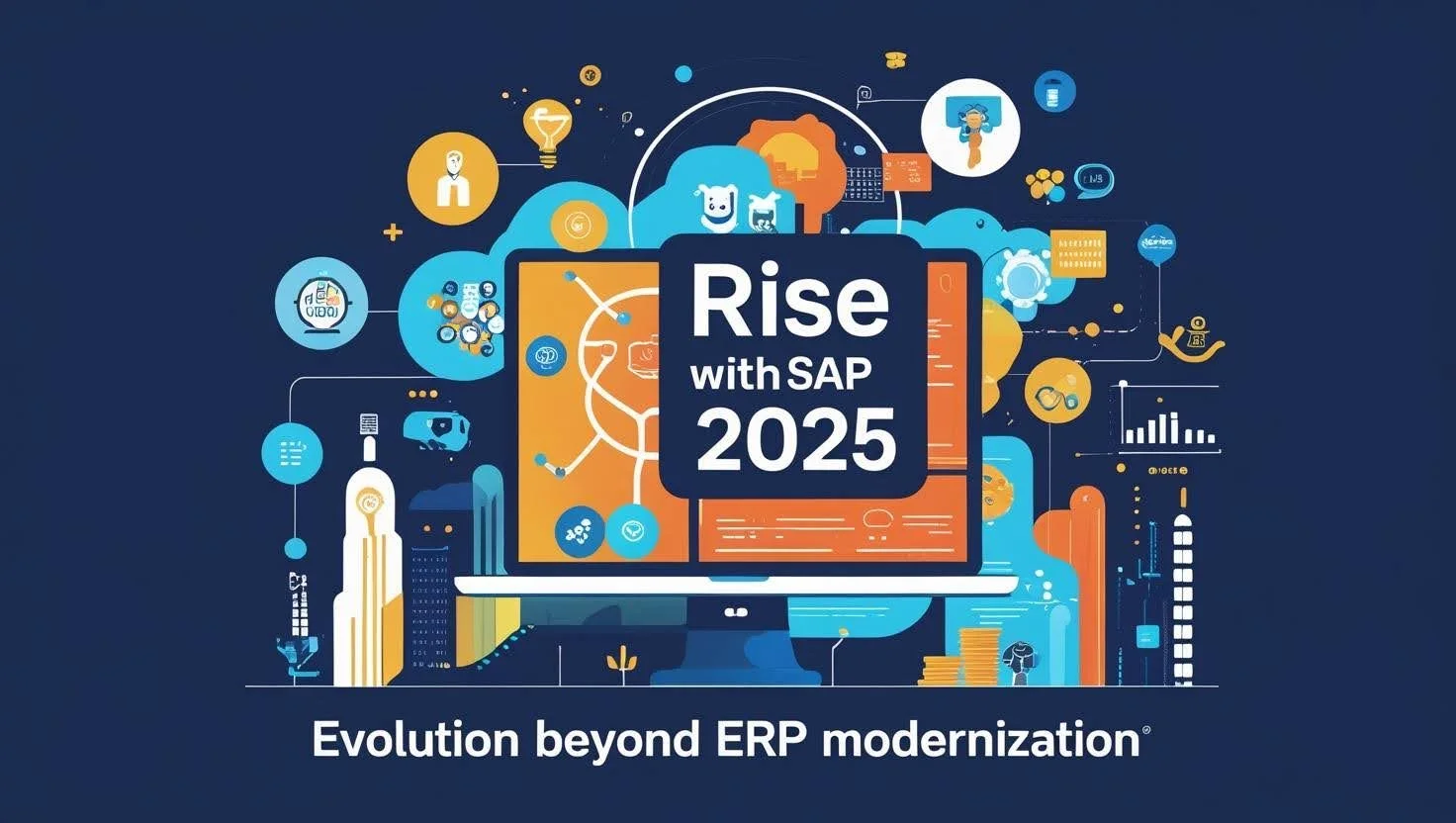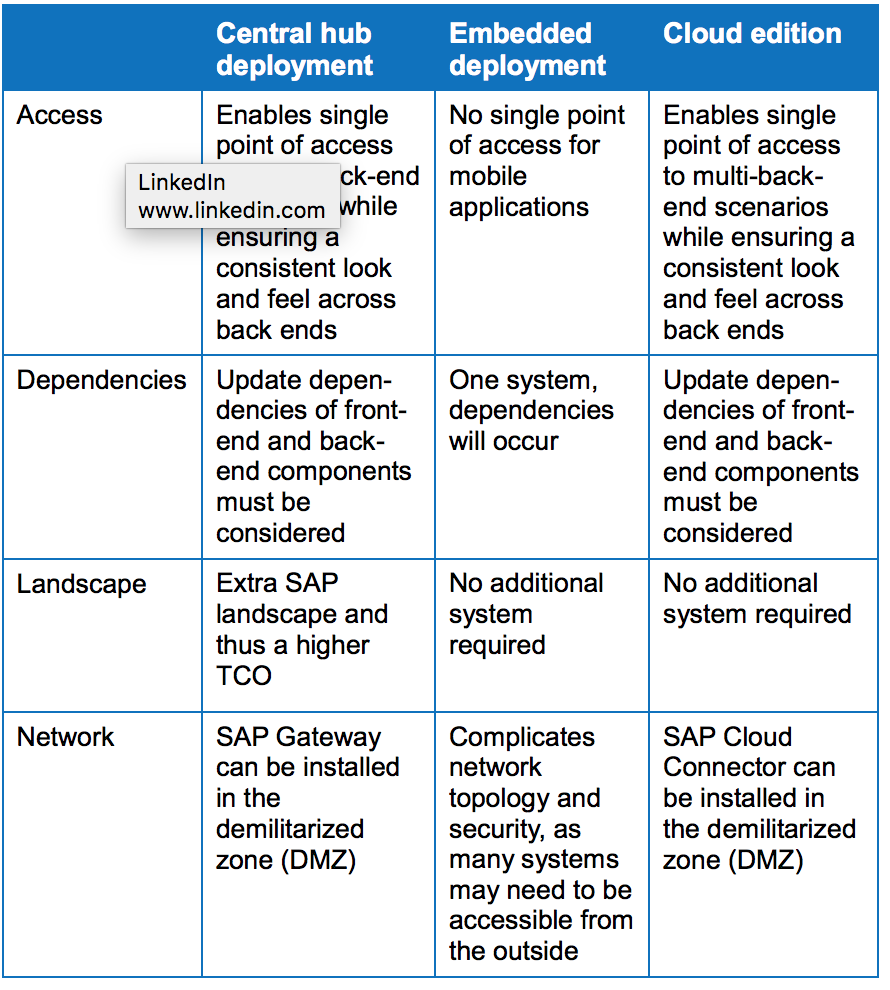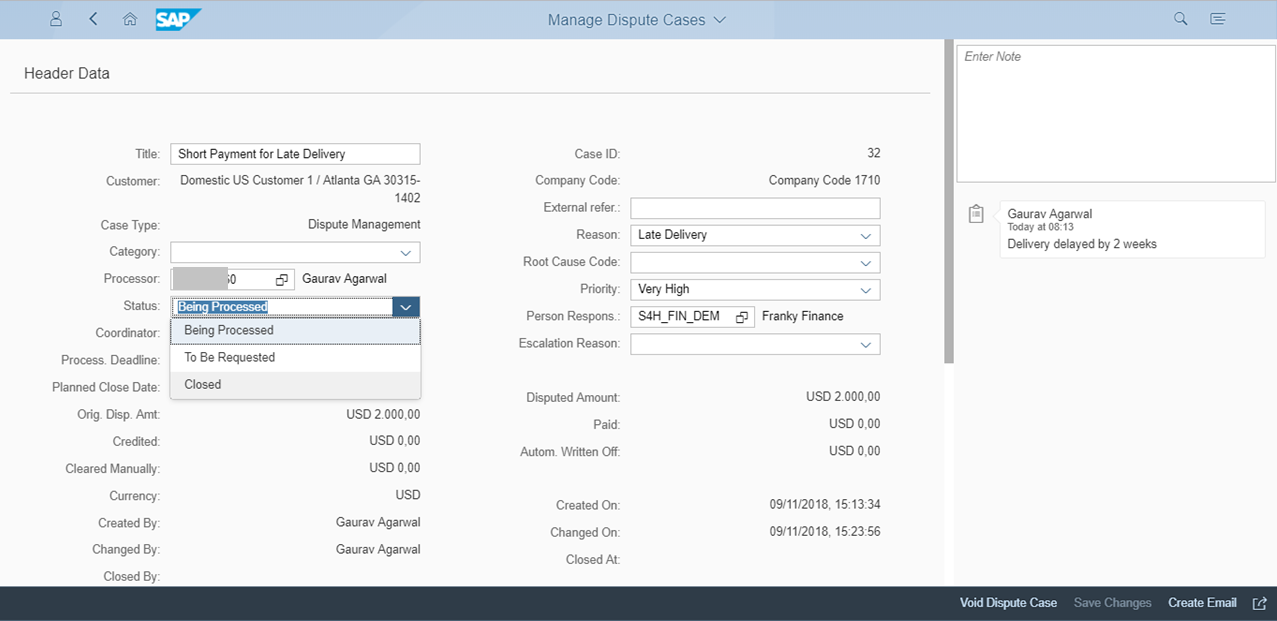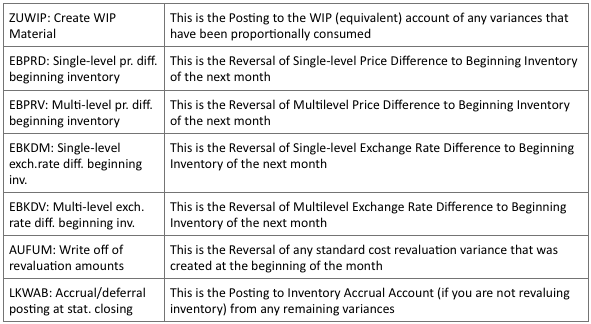The valuation of foreign currency in SAP has always been a process that requires additional accounting effort to track historic posting for Financial reporting and auditing requests. Information reports available in SAP do not include some details usually requested by the auditing process (i.e., vendor or customer associated to valuation document, original open item document valuated, etc.) in a single report. Even though a log can be activated and stored for this transaction, further custom development should be done to fulfill internal information needs.
A single report gathering balance and open items valuations that could be executed whenever be required can have the following simplified layout:
I. Process Overview
Foreign currency valuation runs utilizing transaction FAGL_FCV. This application allows the valuation of balance accounts and open items.
The financial/accounting department has to define all parameters required to execute this transaction (i.e., valuation method, accounts to be valuated, etc.) per local accounting principles. Then it can be used to calculate how the rate of exchange of the balance is affected by foreign currency fluctuations at the month-end. As a result, a gain or loss is posted with correspondence to configured accounts.
Depending on what kind of valuation has been chosen by the user, there are two possible posting options: balance accounts and open items documents (accounts, vendors, and customers). Both scenarios will be presented in the next paragraphs.
Balance account valuation.
It is executed using tab ¨Open Items: G/L Accounts¨:
Resulting screen will look like:
Journal entries will have the following accounting structure:
The screenshot above demonstrates that valuated account 11010500 is directly debited or credited to a gain or loss account (i.e., 42020106 or 62010206); as a result, the actual account balance is changed.
Open items valuation
It should be executed on the tab "Open Items: G/L Accounts":
The result is shown below:
The associated postings do not affect reconciliation accounts directly; they post balance differences to balance correction account. It keeps intact the reconciliation account balance of vendors and customers
For document 0800000004, currency exchange difference generates a debit to an expense account and a credit to balance correction account. On the other hand, the document 0800000006 posting credit a gain account and debit to balance correction account. Hence, the document´s open balance remains unchanged.
Standard transaction log available in FAGL_FCV.
SAP provides the possibility of the store log from the execution clicking on “Save Log” option to store execution outcome in a log file:
But it does not bring information besides what you see in the standard screens showed above. Moreover, if this option is not timely activated, the log will not be saved.
II. Technical approach for custom log report
Three main tables store data created after execution of the valuation process: ACDOCA, FAGL_BSBW_HISTRY, FAGL_BSBW_HST_BL, and ACDOCA. Now we are going to see their relationship in the next paragraphs.
FAGL_BSBW_HISTRY - Valuation History for Documents
This table keeps historical documents created by the valuation of open items documents (vendors, customers, and balance accounts with OI management). In the next table, I have detailed principal fields that should be considered to build a link with Universal Ledger:
FAGL_BSBW_HST_BL - Valuation History of Balances:
This table keeps historical documents created by the valuation of balance accounts. In the next table, I have detailed principal fields that should be considered:
ACDOCA -Universal Ledger and Foreign valuation
In S/4 HANA 1709, the universal ledger provides the table ACDOCA for most financial data postings. So, this table must be used as a principal database for any report related to the FI module. The next table shows the essential fields to consider:
III. Balance Report design
Using a query ABAP or an ABAP report is possible to do the desired layout following this mapping chart:
There are some crucial points to keep in consideration:
· Auxiliary tables FAGL_BSBW_HISTRY and FAGL_BSBW_HST_BL collect information of balance and open items in a time interval selected
· FI documents created during FAGL_FCV execution are recorded in ACDOCA.
· Company code, year, business transaction type, valuated account, date, and time stamp are the key linking ACDOCA and FAGL_BSBW_HST_BL.
· Company code, year, business transaction type, date, and time stamp are the key linking ACDOCA and FAGL_BSBW_HST_BL.
· ACDOCA is the main table to collect data from auxiliary tables.
· Currency exchange rate used for each document in ACDOCA can be retrieved using function module READ_EXCHANGE_RATE.
























































